It can be easy to feel like you’ve got America figured out. Its music, cinema, TV, literature, and landscapes are ubiquitous in our daily lives. And in this, a presidential election year, you can follow every twist and turn to the White House, if you so choose, in real time. It’s box office stuff—if you’re watching from a distance, that is.
I’ve long had a soft spot for the United States. I studied American New Wave cinema at university and love nothing more than settling down with Steinbeck or Kerouac. But in recent years I’ve been thinking about events on the other side of the Atlantic and seeing a country I don’t quite recognise anymore.
Because if you believe all the screaming think tank clones on rolling news channels or social media feeds driven by dark algorithms, the United States of America has never been more divided.
In the run-up to the November elections, I figured I should slowly cross the US to understand it better. So I came up with a plan to bike from the most northwestern point, Cape Flattery, to the most southeastern city, Key West. Coast to coast, and then some.
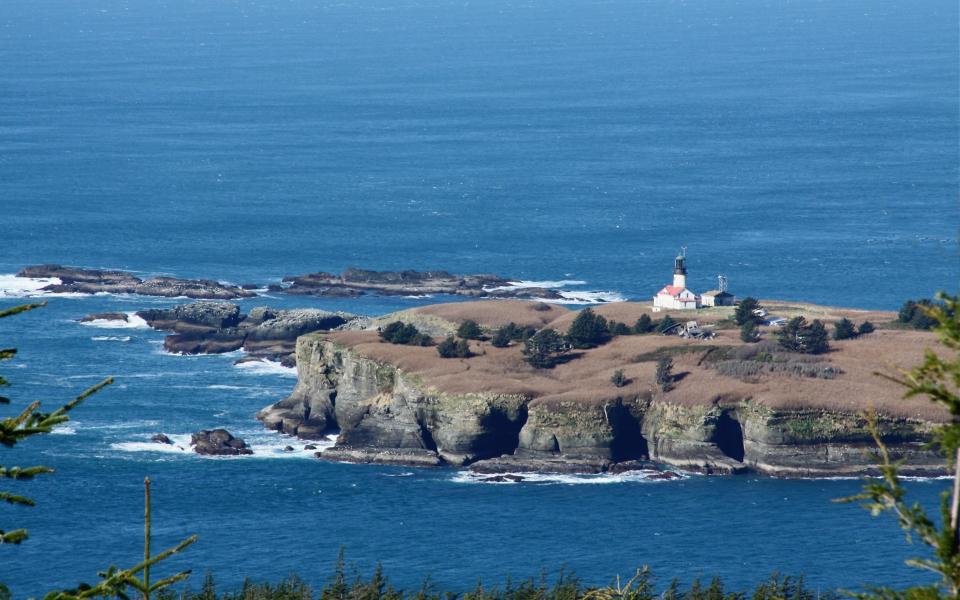
Over the course of 10 grueling weeks, braving extreme heat, torrential rains, and tornadoes, I crossed the Rocky Mountains, dissected the Great Plains, and traversed the Everglades—all while interviewing hundreds of fascinating Middle Americans: Trump-voting farmers, Biden-voting librarians, and everyone in the confusing backwoods in between.
My journey is detailed in a new book, A ride through America Below are 10 of my key insights.
It is the friendliest country on earth
America is the land of superlatives. You can’t let a day go by without a restaurant claiming to have the best burger in the world or the thickest milkshake in the world. Many Americans consider their country to be “the best country on earth.” Maybe not. But the friendliest? In my humble opinion, yes.
Especially in Central America I was offered countless breakfasts and more couches than I could ever sleep on. A touring bike with panniers certainly helps. Because for many people a bike is a ‘children’s toy’. The idea of an adult cycling through the country on such a bike is incomprehensibly insane.
American cars are huge – and needlessly so
Why is that teenager driving a V8 pickup truck? Does that 90-year-old Real Need a Hummer? Okay, call me a two-minded Limey, but most American vehicles are absurdly large. Plus, the idea of car sharing or, God forbid, taking public transportation seems almost… un-American.
In Central America the car is king and perhaps more than any other country on the planet there is a philosophy that if something can be made bigger, then should be made bigger. Often without any attention to our shared environment.
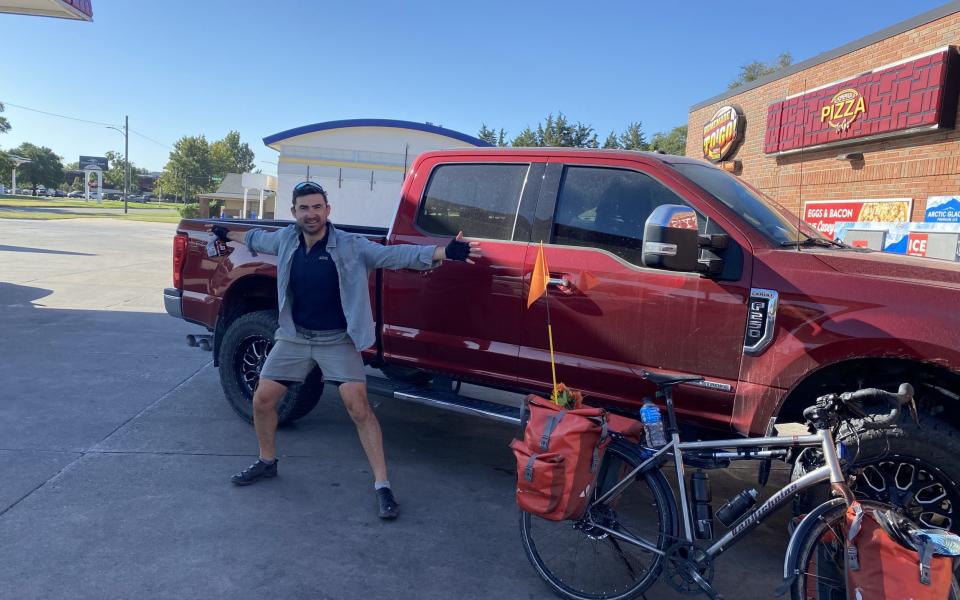

Hundreds of small towns are dying and empty
The Interstate Highway System made traveling across the country between major cities faster and easier, but it decimated hundreds of small towns in between. Nearly every afternoon during my 10-week trip, I would arrive in a new place and say, “Where are all the people?” — that was the feeling of a zombie apocalypse.
Many cities in Central America have the infrastructure to support ten times their population, but now lack the population to support the infrastructure. A few megastores along the highway have become successful, but their success has sucked the heart out of small town America, where independent stores once filled the main street alongside local newspapers and hardware stores.
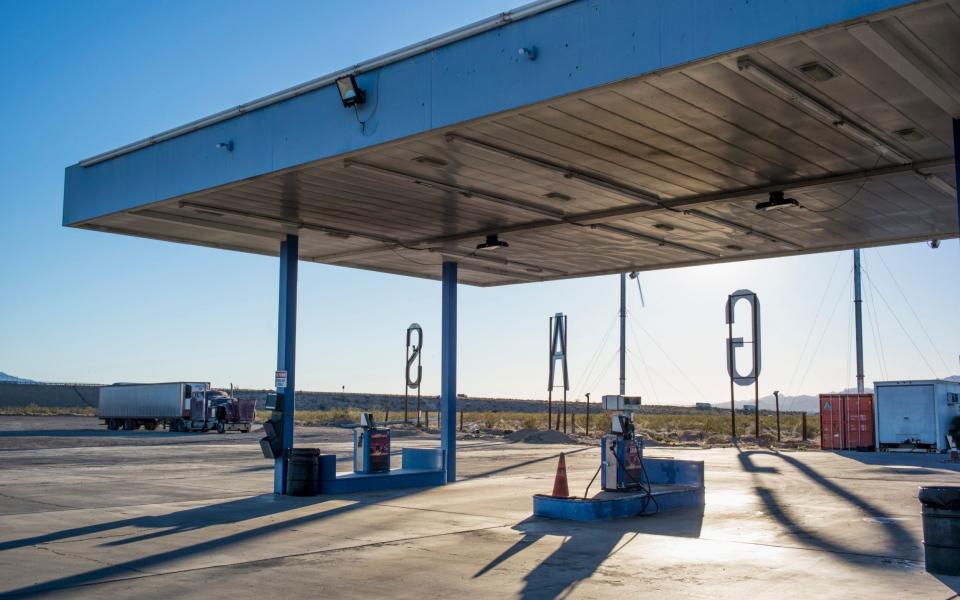

But when you find one blooming, it’s like finding gold
Some small towns were lucky geographically (not too far from the highway) or worked hard to develop their own tourism industries. One such place is Lindsborg, Kansas – also known as Little Sweden, USA – where 30 percent of the residents can trace their ancestry to the province of Värmland.
Gift shops sell Scandinavian trinkets. The supermarket shelves are stocked with Norwegian liquorice and Icelandic chocolate. Restaurants serve meatballs in creamy gravy, and bars season their cocktails with tart blueberries. Meanwhile, herds of graceful Dala horses stand guard along the main street, next to a British telephone box painted the yellow and blue of Sweden.
Good luck finding fresh vegetables in America’s “food deserts”
When you get really close, you realize that the epic size of the country has been its Achilles heel. What struck me time and time again was the lack of fresh food. Many small towns only have a gas station that sells super-processed, mostly beige and fried, products pumped full of chemicals to extend their shelf life.
There are 76 counties in the U.S. that do not have a single grocery store, and these “food deserts” typically affect low-income communities. Ironically, some of these regions have some of the most fertile soil on the continent. It was not uncommon to spend a day driving through citrus, apples, corn, and potatoes, only to have to survive on instant noodles and hamburgers for dinner.


A British accent opens doors
Many Americans love Britain and Ireland. And they’ll happily tell you about a long-lost relative across the pond, their adoration for the monarchy or an addiction to Inspector Morse. At some petrol stations, people would line up to chat. “Hey, you’re not from around here, are you?” they’d say, before launching into an anecdote about the Beatles or King Charles.
My secret weapon in times of need? Received Pronunciation. The trick is to sound more Downton Abbey than Oliver Twist. And more than once it saved my bacon. “Excuse me,” I said to an old couple in Arkansas. “But I don’t suppose I can bother you for a ride across this bridge? Otherwise I’ll end up as flat as a pint of British beer!” And before I could say “Midsomer Murders“The seats were folded down and I was sitting in the back seat.
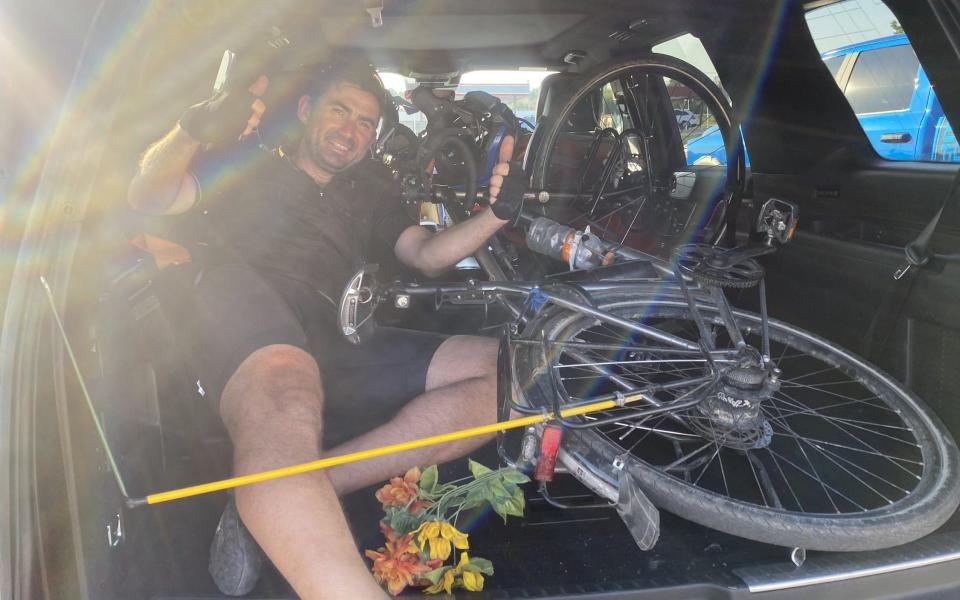

Much of America is closed to the public
Britain isn’t perfect, and many of our green spaces are surrounded by barbed wire, but unlike the United States, we live in a utopia. Virtually every American road is lined with fences and signs that read: “PUT IN PLACE. KEEP AWAY.”
America’s first president, George Washington, said, “Liberty and property rights are inseparable. You can’t have one without the other.” This philosophy is still deeply ingrained in the national psyche. After this ride through America, I will never again take Britain’s public right of way for granted.
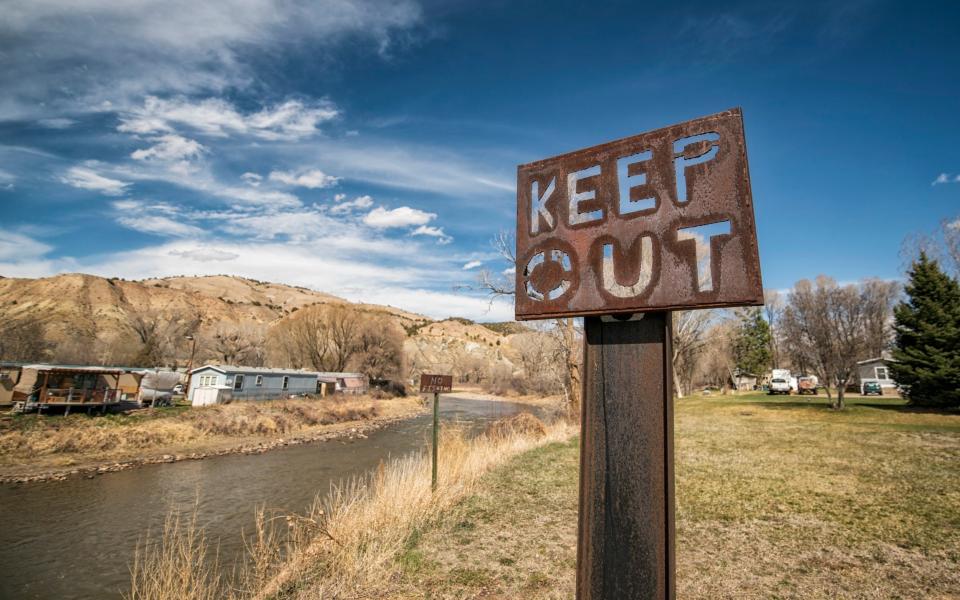

Tipping culture in America has gotten out of hand
I like to tip. I believe that good service and good food should be rewarded with an extra 10 or even 15 percent. However, I want to reserve the right not to do so. That’s the point, isn’t it? In America, however, that choice has all but disappeared, and restaurants and bars now ask customers to tip up to 25 percent.
What really gets annoying is when fast food restaurants – including Starbucks – ask customers to tip the staff just for handing them a cup. No table service. No chit chat. No extra effort.
The country is epic and often feels empty
Owning a passport is a relatively recent American concept. In 1989, only three percent of adults had one. Now that I’ve biked across the country, I understand why. America is not only vast, with a seemingly endless network of roads to explore, it’s also diverse—meteorologically, geographically, and culturally.
Landmarks like the Grand Canyon, Niagara Falls, and Mount Rushmore are all within easy reach of your front door. It’s no surprise then that more than 11 million households own an RV. These Americans are proud, too. Those lush, cinematic landscapes you’ve seen in movies? This is their sprawling backyard.
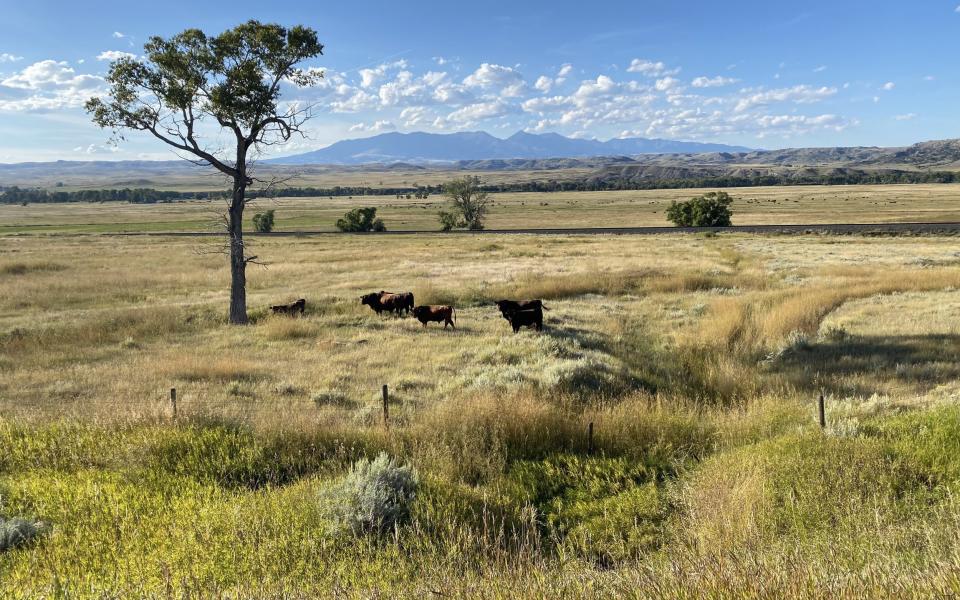

Don’t write off Trump
I’ve interviewed dozens of Trump voters as I’ve traveled across America. And I hate to break it to some of you… they were all nice people. Welcoming, generous, and fiercely patriotic. Somehow, a billionaire from New York City continues to resonate with Nebraska corn farmers, Montana oil workers, and Idaho truck drivers. Who would have thought.
Unlike in the UK, where you might occasionally see an A4 poster reading “We’re voting Lib Dem” in a kitchen window, Americans go all out with their public displays of political support. It was not uncommon to see houses with flags the size of badminton courts.
But if you’re looking for an indication of what might happen on November 5, I’m afraid your guess is about as reliable as mine.
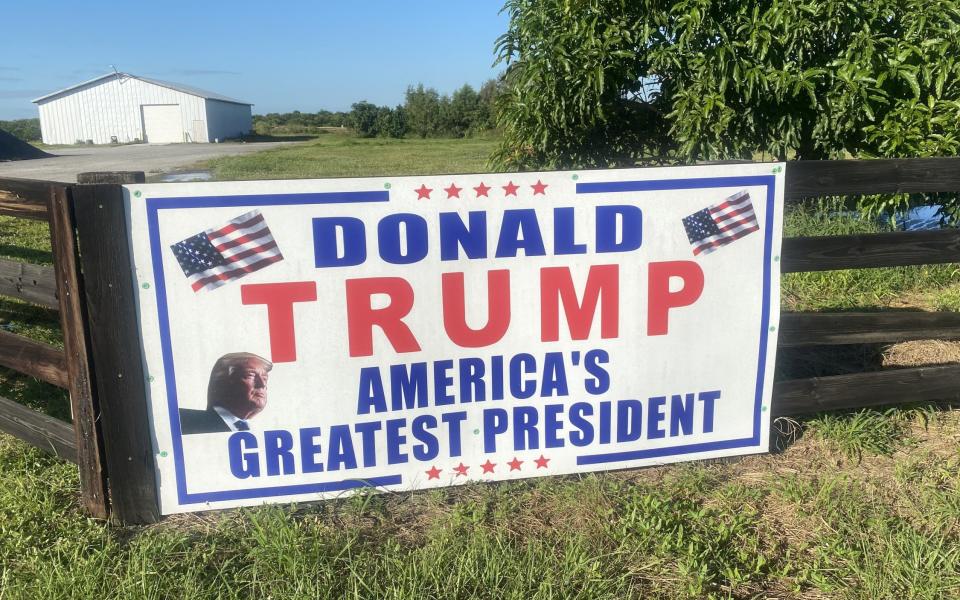

A Drive Across America: A 4,000-Mile Adventure Through America’s Small Towns and Big Problems is published today (18 July). Simon Parker will be speaking at theatres and literary festivals across the UK this autumn. For more information, visit his website www.simonwparker.co.uk/books.